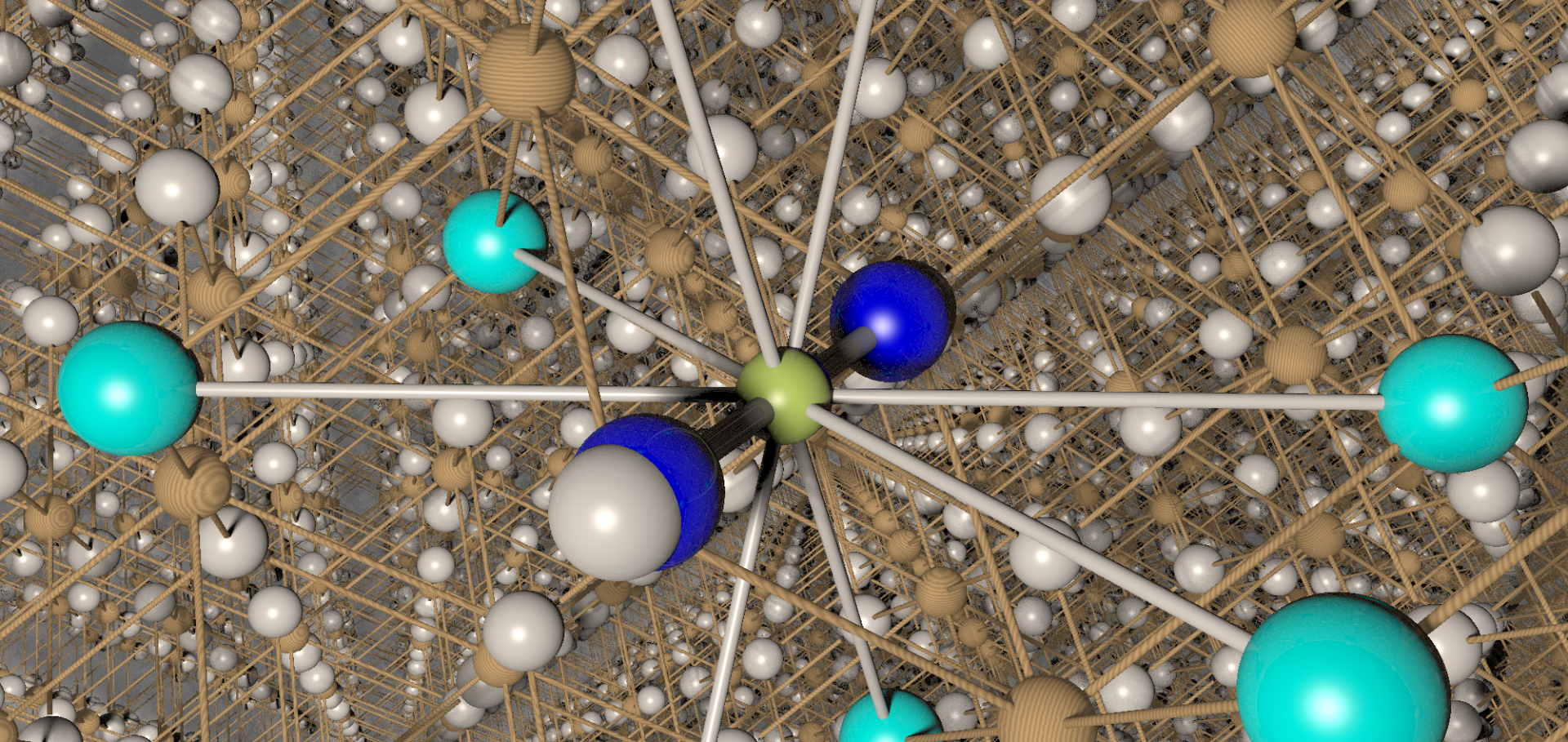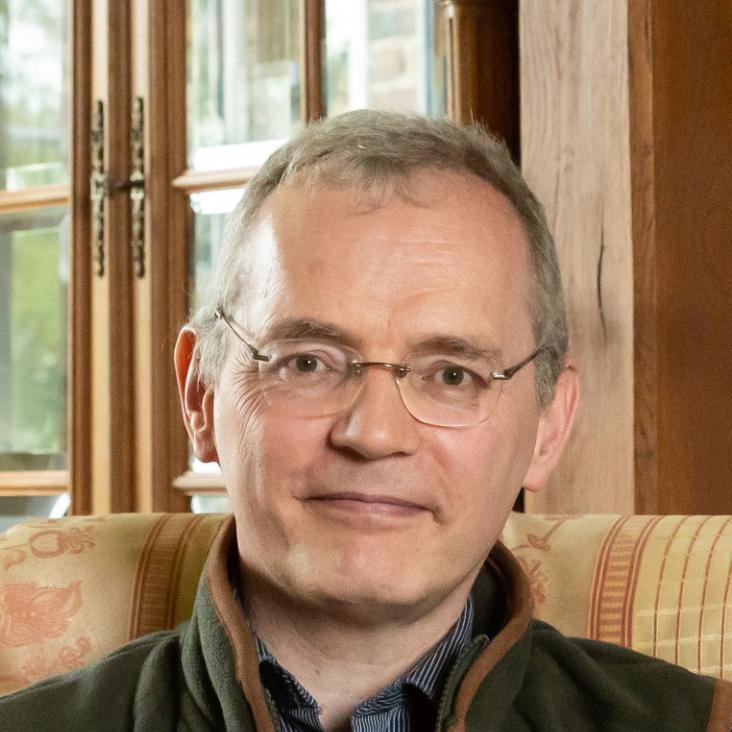Fermi-surface traversal resonance in alpha-(BEDT-TTF)(2)KHg(SCN)(4)
SYNTHETIC MET 103:1-3 (1999) 2038-2039
Abstract:
We experimentally demonstrate a mechanism for a new kind of magnetic resonance, the Fermi-surface traversal resonance (FTR). This is caused by the periodic traversal of carriers across quasi-one-dimensional (Q1D) sections of Fermi surface (FS) in an external magnetic field. Owing to the warping of the Q1D Fermi sheets, the real space velocities of the carriers oscillate as they cross the FS, generating resonances in the high frequency conductivity of the material. The results contain information about the FS, including the direction and harmonic content of the warping components. Using a rotating resonant-cavity system, FTRs have been observed in alpha-(BEDT-TTF)(2)KHg(SCN)(4).Layered transition metal molecular magnets studied with implanted muons
SYNTHETIC MET 103:1-3 (1999) 2325-2326
Abstract:
We have carried out magnetic measurements on the layered magnets Ni-2(OH)(3)(N(CN)(2)) (NiAM), Co-5 (OH)(8)(N(CN)(2))(2). 6H(2)O (CoAM), Co-5(OH)(8) (C12H25SO4)(2). 2NH(3) (CoDOS), and Co-5 (OH)(8) (C7H15CO2)(2). 4H(2)O ( CoCAP), using various experimental methods, including muon spin relaxation (mu SR). We find phase transitions at temperatures T-M in all the samples, characterized by a change in the magnetic susceptibilty and loss of initial muon spin polarization.Millimetre-wave response of the organic superconductor kappa-(BEDT-TTF)(2)Cu(SCN)(2)
SYNTHETIC MET 103:1-3 (1999) 1947-1948
Abstract:
A study of the electronic and superconducting properties of the organic superconductor kappa-(BEDT-TTF)(2)Cu(SCN)(2) in the millimetre-wave range is presented. The measurments are carried out using a single crystal in an unique rotating rectangular cavity. This novel technique provides information about the anisotropy of the magnetoresistance at GHz freqencies.Muon study of the spin dynamics in the organic spin-peierls compound MEM(TCNQ)(2)
SYNTHETIC MET 103:1-3 (1999) 2034-2037
Abstract:
We report a muon spin relaxation study of the organic spin-Peierls system MEM(TCNQ)(2) over the temperature range 39 mK to 200 K. Our results show a crossover from Gaussian to exponential relaxation below the spin-Peierls transition temperature. We attribute this change to the effect of a dilute set of static electronic defect spins resulting from the majority of spins freezing into a non-magnetic spin singlet state.One-and two-dimensional angle-dependent magnetoresistance oscillations(AMROs) in kappa-(BEDT-TTF)(2)Cu(SCN)(2) in fields of up to 33 T
SYNTHETIC MET 103:1-3 (1999) 1905-1906


